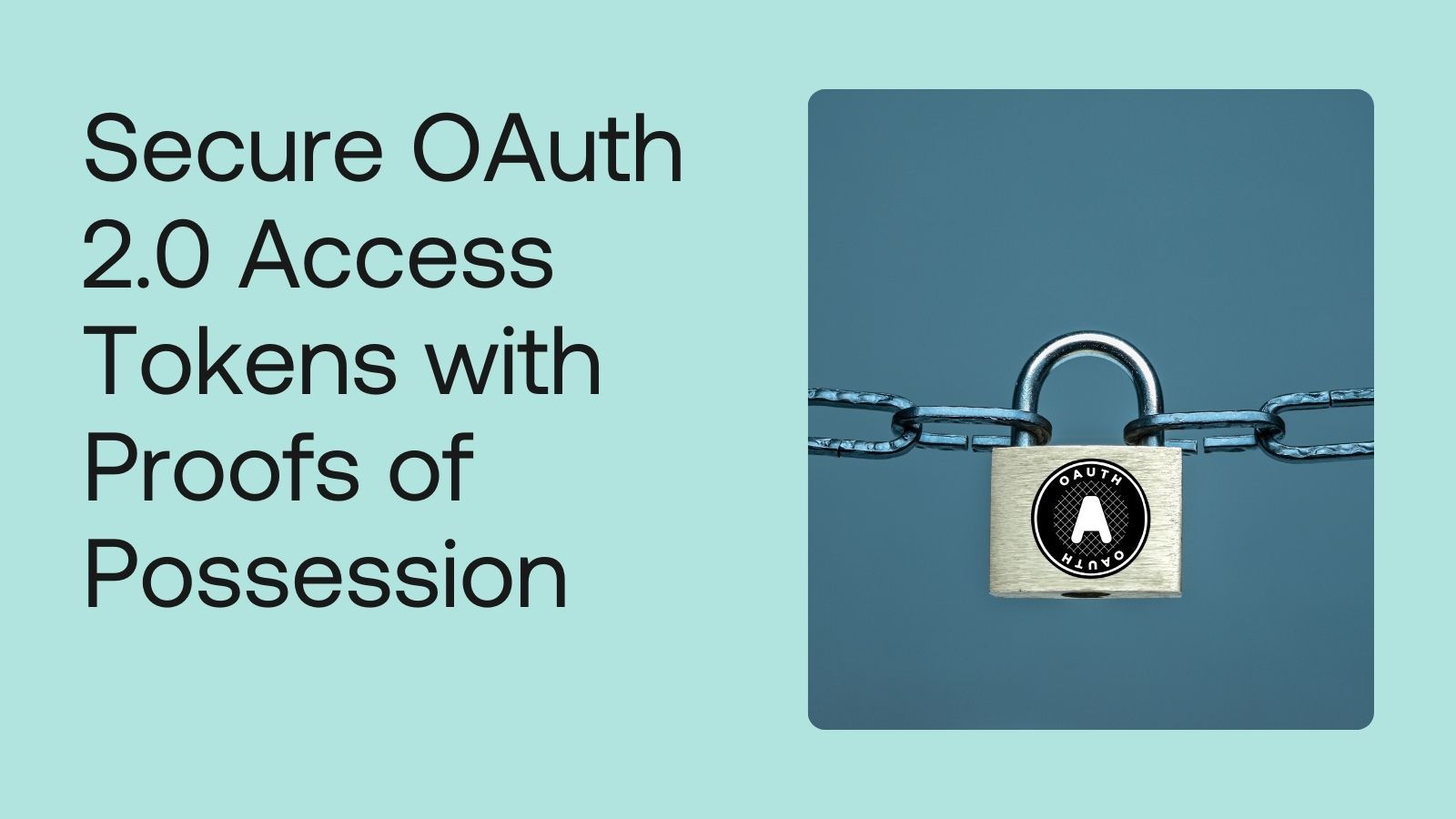Articles tagged spa
Secure OAuth 2.0 Access Tokens with Proofs of Possession

In OAuth, a valid access token grants the caller access to resources and the ability to perform actions on the resources. This means the access token is powerful and dangerous if it falls into malicious hands. The traditional bearer token scheme means the token grants anyone who possesses it access. A new OAuth 2.0 extension specification, Demonstrating Proof of Possession (DPoP), defines a standard way that binds the access token to the OAuth client sending...
Elevate Access Token Security by Demonstrating Proof-of-Possession

We use access tokens to request data and perform actions within our software systems. The client application sends a bearer token to the resource server. The resource server checks the validity of the access token before acting upon the HTTP request. What happens if the requesting party is malicious, steals your token, and makes a fraudulent API call? Would the resource server honor the HTTP request? If you use a bearer token, the answer is...
Learn How to Build a Single-Page App with Vue and Spring Boot

In this tutorial, you are going to create a single-page application (SPA) that uses a Spring Boot resource server and a Vue front-end client. You’ll see how to configure Spring Boot to use JSON Web Tokens (JWT) for authentication and authorization, with Okta as an OAuth 2.0 and OpenID Connect (OIDC) provider. You’ll also see how to bootstrap a Vue client app with the Vue CLI and how to secure it using the Okta Sign-In...